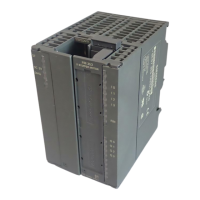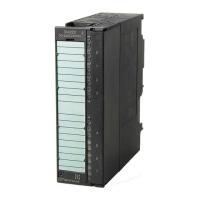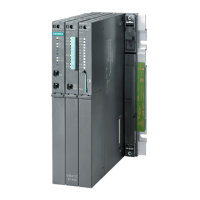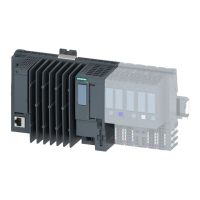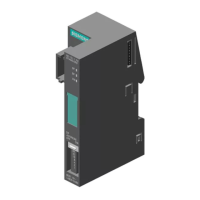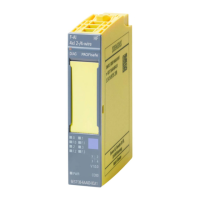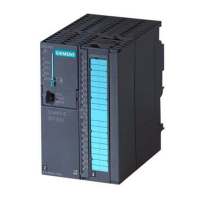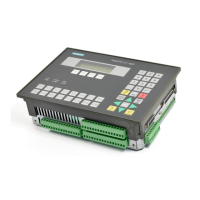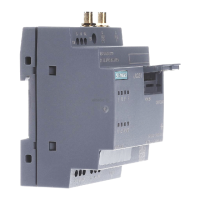8
8-5
FM 351 Positioning Function Module
EWA 4NEB 720 6001-02
Table 8-2 Drive Data, continued
Machine Data and
Assignment
Description
Control type 4
1Q0/2Q0: Rapid speed,
positive
1Q1/2Q1: Creep speed,
positive
1Q2/2Q2: Rapid speed,
negative
1Q3/2Q3: Creep speed,
negative
v
rapid
v
creep
1Q0
1Q1
1Q2
1Q3
Switchover difference posi-
tive/negative und
Switch-off difference posi-
tive/negative
0.001 mm to
1 000 000,000 mm at a
resolution w
1
m
/
incr.
0.001 mm to
100 000,000 mm at a
resolution t
1
m
/
incr.
Target
0
Switchover difference, positive/negative
Switch-off difference, positive/negative
1
2 3
4 5
The switchover difference defines the switchover point in the travel range at which the
drive switches over from rapid to creep speed.
The switch-off difference defines the switch-off point in the travel range at which the
drive at creep speed switches off. At this point the target run-in begins over which the
drive has no further influence.
The values apply for all targets which the FM 351 approaches; with the exception of
the Increment 255.
Rules
Please take note of the following rules on entering the values.
The values for the positive and negative directions may be different.
The switchover difference must be larger than the switch-off difference.
The switchover difference must be smaller than the end of the rotary axis.
The switch-off difference must be larger than the half target range.
The distance between the switchover point and the switch-off point must be se-
lected large enough that the drive can switch reliably from rapid to creep speed.
The distance to the target must be selected such that the drive comes to rest within
the target range.
Further information regarding the arrangement of the ranges can be found in
Chapter 2.1.
6
7
Working range
Target range
Standstill range
1
2 3
4 5
6
7
–1000 mm 1000 mm
Target range
0 mm to
1 000 000.000 mm
The FM 351 places a symmetrical range around each target. Within this range the ac-
tual value must come to rest during the target run-in.
A value of 0 switches off the tolerance during the target run-in. The velocity on reach-
ing the target position must then be lower than the parameterized standstill velocity.
Pay attention to Chapter 2.3 regarding the topic of target run-in.
Machine Data and Increments
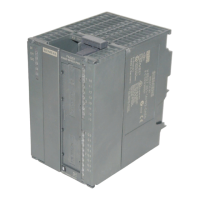
